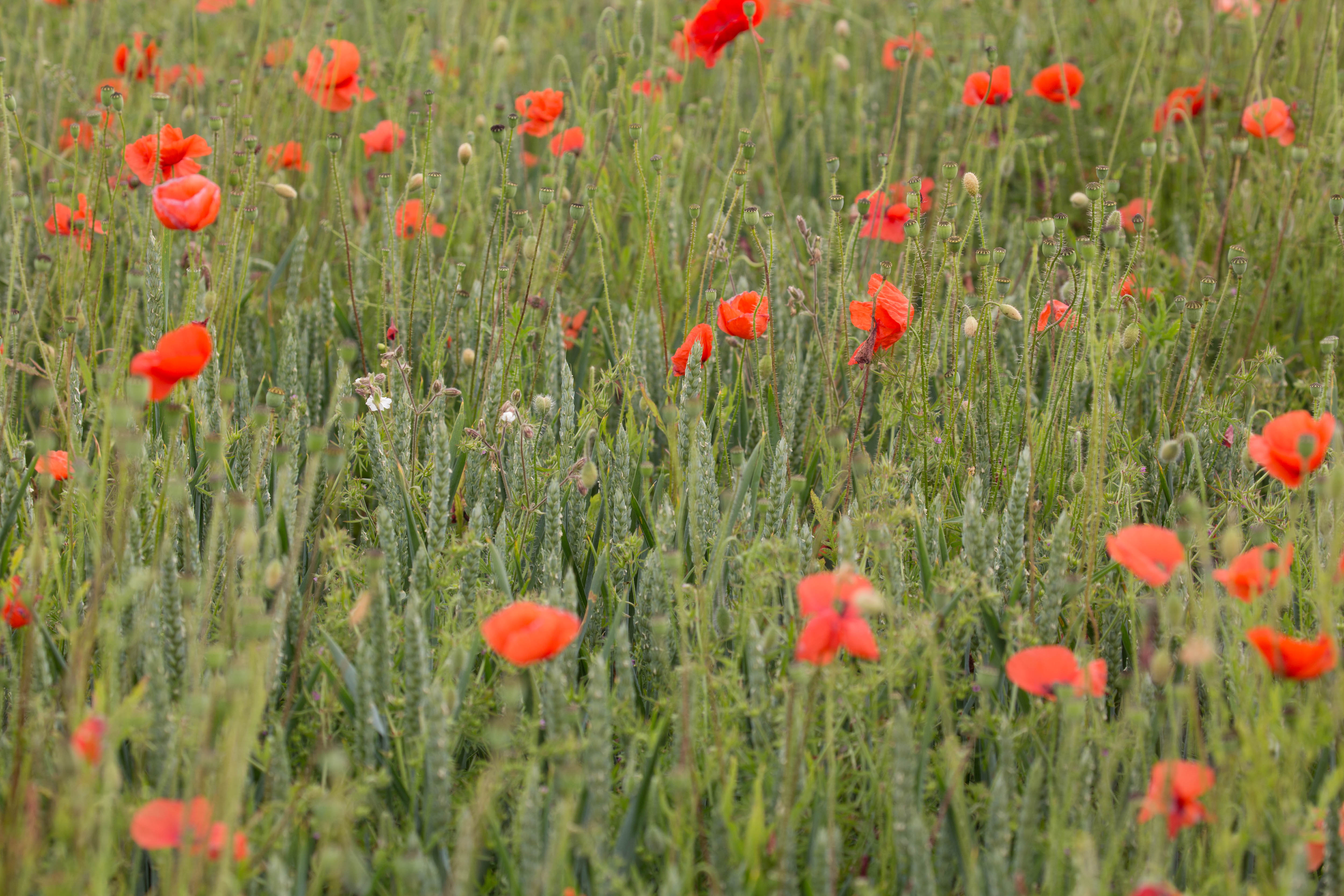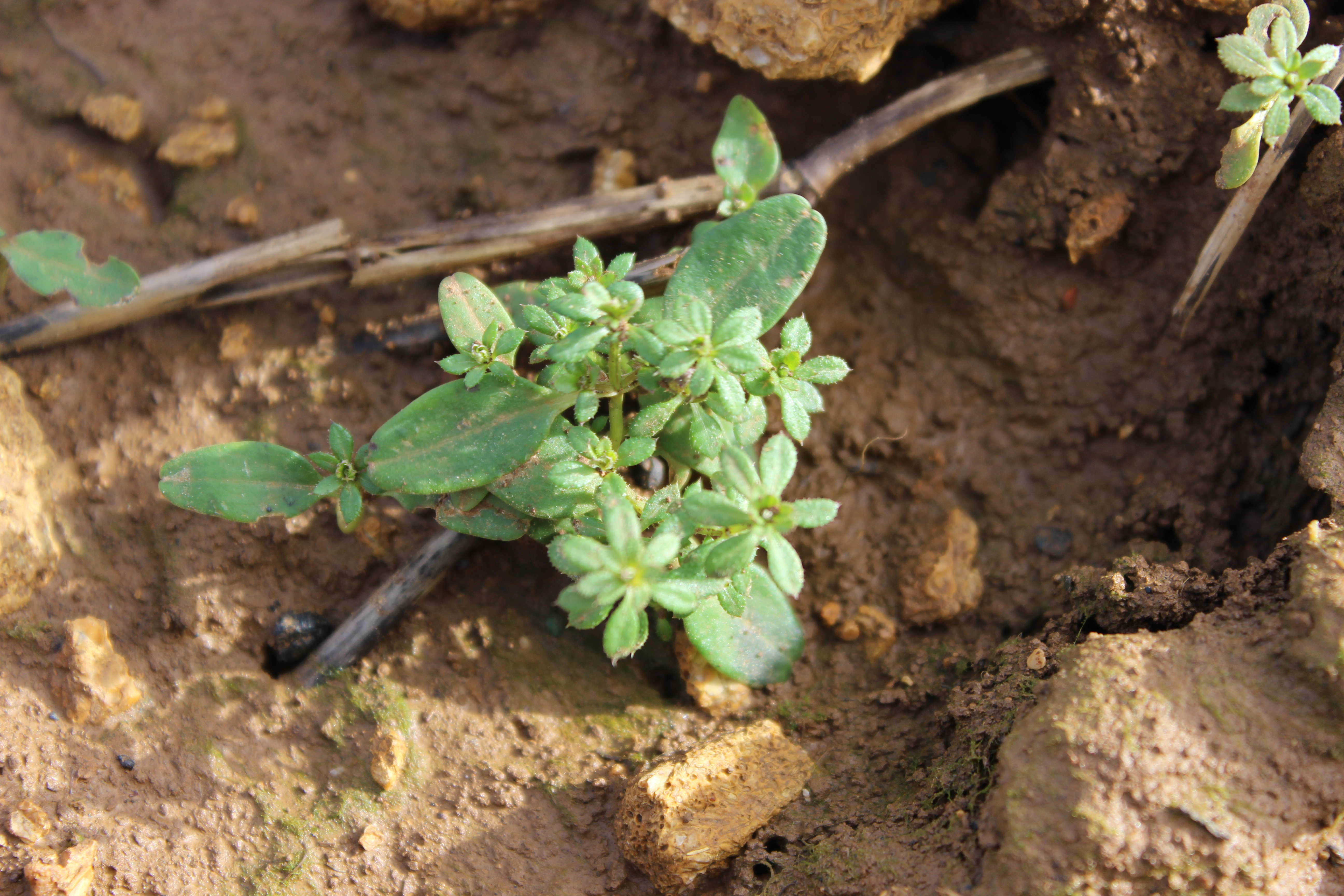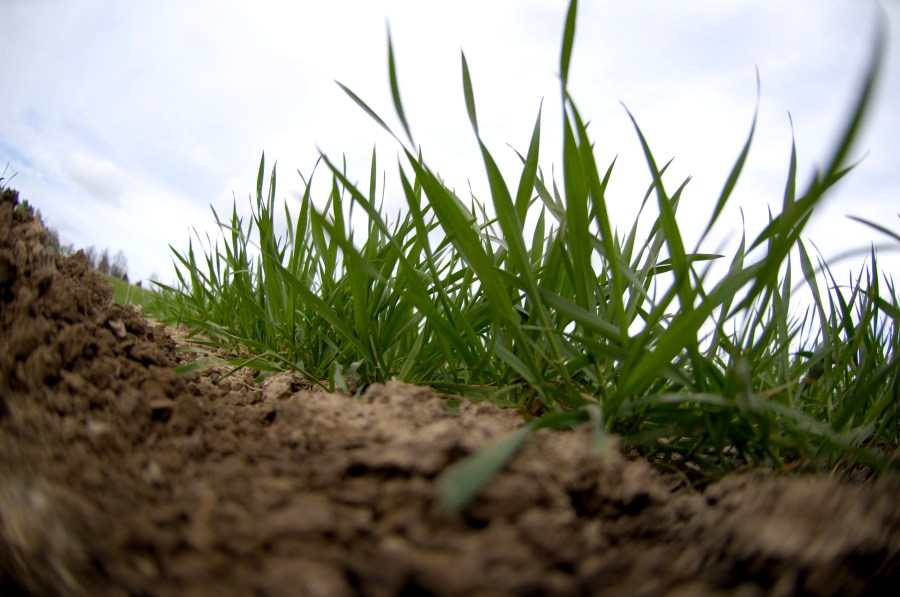Getting weed control covered in early spring can make for less complicated tank-mixes later, when fungicides go on. CPM finds out how plans are shaping up.
Everything seems to be shifting forward to start earlier this year.
By Lucy de la Pasture and Rob Jones
No two years are the same in farming and, so far, there’s been a stark contrast between the weather in early 2019 compared with last year’s big freeze and washout.
The Met Office reports that this Jan was the driest for 13 years and Feb has seen just 54mm of rainfall. Compare that to last year when 133mm fell in Jan alone and was followed by a seemingly-endless period of cold, challenging conditions for growers.

ALS-resistant poppy is another consideration which influences product choice in the spring.
It was April before snow and standing water cleared to allow many sprayers to travel on the ground. This time around growing conditions have been favourable since drilling in the autumn, with temperatures unseasonably mild.
The knock-on effect for weed control this spring is significant, believes agronomist Sam Clarke of Clarke Farming Partnership. A window for early herbicide applications looks to have well and truly opened and the independent agronomist thinks it’s an opportunity not to be missed.
He says growers in his patch of Oxon, Warwicks, Leics and Northants are ‘well ahead’ following a mild autumn. “Everything seems to be shifting forward to start earlier this year and that will apply to broadleaf weed control too. Where you’ve got crop growth, you’re going to get weed growth and crops are well on for this time of year,” he explains.
Sam reports that residuals went on in a timely fashion following a drilling cycle, which he notes was pushed back wherever possible to manage blackgrass germination. “Residual stacks have worked well but there won’t be any firepower left in them now. You might see a little bit from diflufenican products, but not enough to stop a spring flush of key problem weeds.”

Cleavers are one of the most competitive broadleaf weeds so it can pay to take them out early, while they are still small.
Last year, the later applications targeting broadleaf weeds played to the strengths of the sulfonyl-ureas as temperatures were higher and more constant. Crop growth was rapid with wheat moving from tillering to flag leaf in just a few days.
Sam thinks the compressed period for fieldwork limited chemistry options. This year he feels growers have more thinking time and will be able to apply their herbicides at or before the T1 fungicide timing.
“We’re in a very different place and if growers are going early with herbicides – in March or early April, when there are wide variations in temperatures – sulfonyl-ureas aren’t necessarily the best fit,” he says.
The case for taking out key broadleaf weeds early is well proven, both in terms of yield-protection and to ensure weeds don’t become too big to be controlled. But there are two other factors Sam feels growers and advisors will consider in seasons such as 2019.
“Some growers say they will address the weed burden between T1 and T2, but in reality, very few will get the time to cover the acres in that window, so most will be looking at a tank-mix. The difference this year is that crops have been growing well in the mild winter and that’s coupled with a lot of residual nitrogen in soils.
“You have a double whammy there because you have luxury nitrogen uptake and a mild winter which is producing leggy crops, so this could well be a year for PGRs. This is where tank-mixes start to get big and complicated. The priority needs to be to protect the flag leaf and if your tank-mix is too big, you’re at risk of crop damage,” he comments.
“There’s a lot going on to push you away from a big T2 tank-mix and that might lead to a change of approach this season.”
ALS-resistant poppy will be another consideration which influences product choice, believes Sam. He says it’s an issue that affects a relatively small area of the area he advises on, but where it exists the problem is serious.
“Typically you won’t find whole farms with resistant poppy, but where it’s bad, it’s bad. When you think it can rob up to 40% of the yield, it’s a problem that needs to be taken seriously. Red fields at harvest are not a good look,” he says.
“The fluctuating temperatures experienced early season suit the Arylex products, especially if we get the nuisance weeds, such as dead nettle and speedwells coming early,” he adds.
“We’re seeing ground frosts overnight, but daytime temperatures are reaching 12°C at present and it’s good to know you’re going to get reliability. Pixxaro (halauxifen-methyl+ fluroxypyr) is also an option for those with ALS-resistant poppy populations.”
Alister McRobbie, cereal herbicide product manager at Corteva Agriscience, says he also expects growers to take the opportunity to get on top of their weed burden early.
“The case has been well proven – hitting weeds early delivers a yield benefit, and that will be reason enough for many growers,” he says.
“But in light of last year’s difficult spring, I think we can expect growers to spread their workload as much as possible and the Arylex products are a solution for those who want to start while temperatures are fluctuating.”
Zypar (halauxifen-methyl+ florasulam) can be applied from growth stage 11 through to growth stage 45 in all winter cereals and 13 to 45 in spring cereals except oats, controlling difficult weeds such as cleavers, cranes-bill, poppy chickweed and brassica weeds amongst others, he highlights.
For winter cereals where a residual herbicide has been used in autumn, Zypar at 0.75 l/ha will control most if not all the remaining key weeds, advises Alister.
“Pixxaro, on the other hand, offers growers and agronomists a way to be more precise in targeting specific weed challenges, utilising its excellent dose rate flexibility,” he adds.
Spring top-up for blackgrass
Paul Drinkwater manages 3500ha of crops at the Abbots Ripton Estate near Huntingdon. The blackgrass is particularly problematic on its heavier soils, including the Hanslope boulder clay that makes up large parts of the farm.
This soil type has good yield potential but also provides a favourable environment for blackgrass, says Paul. As a result, he relies on a robust set of pre-emergence and post-emergence herbicides to control grassweeds in an effort to help the crop reach its potential.
Paul tried Monolith (mesosulfuron+ propoxycarbazone) for the first time in the tricky spring of 2018. “There was a little spray window in Feb but nothing at all during March. So anything that didn’t go on early was applied in April, which was very late to get the best result,” he comments.
Last season he also used Atlantis (mesosulfuron+ iodosulfuron) on other parts of the farm so he could compare performance between the two post-ems and these were notable, he says. “Looking at the different fields, I think that for blackgrass Monolith provided 10–15% more control than Atlantis. On the bigger blackgrass it made a huge difference and I would say that if it has a tiller, I’d definitely use Monolith,” he comments.
Paul believes some growers will consider targeting Monolith on their worst blackgrass areas this spring. Despite good control from pre-em herbicides in the autumn, he’s already going around his fields and identified the areas which need treatment so he can apply it as soon as conditions allow.
“We had a really good autumn. It was dry in Sept, but after we started drilling autumn cereals there was a sensible amount of rain and pre-em chemistry went on in near perfect conditions. But we will still use a post-em to get some more control. We’d like to apply it as soon as possible, but you need the same conditions as any post-em – it’s no more weatherproof than Atlantis.”
As in every spring, weather is the big question. The big plus this year is that the ground is not waterlogged, and the cold weather during Jan/early Feb arrived at the right time to stop blackgrass growing all winter, like it did in 2015-16, he says.
Paul was hoping the cold would continue so blackgrass is still small in March, but temperatures have warmed up somewhat during the second half of Feb. He intends to apply Monolith as soon as conditions warm up sufficiently as he believes these are the best circumstances to get high levels of control from the herbicide.
To ensure the best performance he usually applies Monolith with the adjuvant biopower. He sometimes adds liquid manganese for certain areas of the farm but the T0 fungicide and post-emergence herbicide are always separate.
Longer-term, he’s trying to balance reducing seed return while still growing a profitable crop. “The problem we’ve got is that you can still grow quite a nice crop of wheat with a high level of blackgrass. You’re masking everything all the while. The yields look pretty good, but the seed return can be enormous.”
To improve the situation, he has introduced spring barley into the rotation over the past two years and is pleased with the results. However, other spring crop options are limited so winter wheat with a substantial herbicide programme will remain a central part of his rotation.




